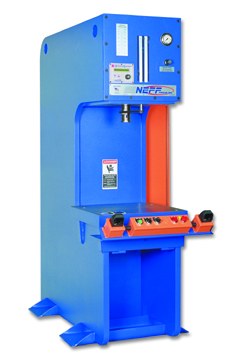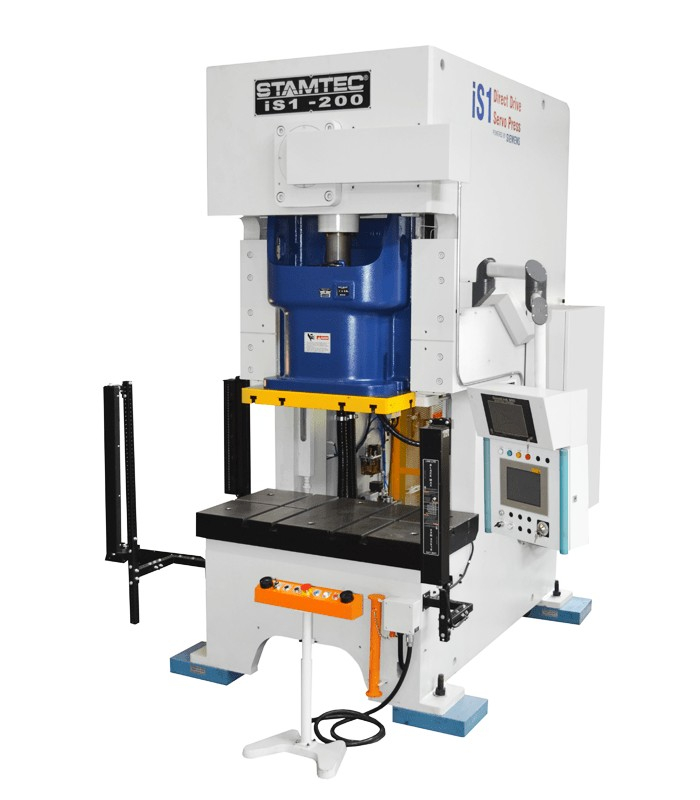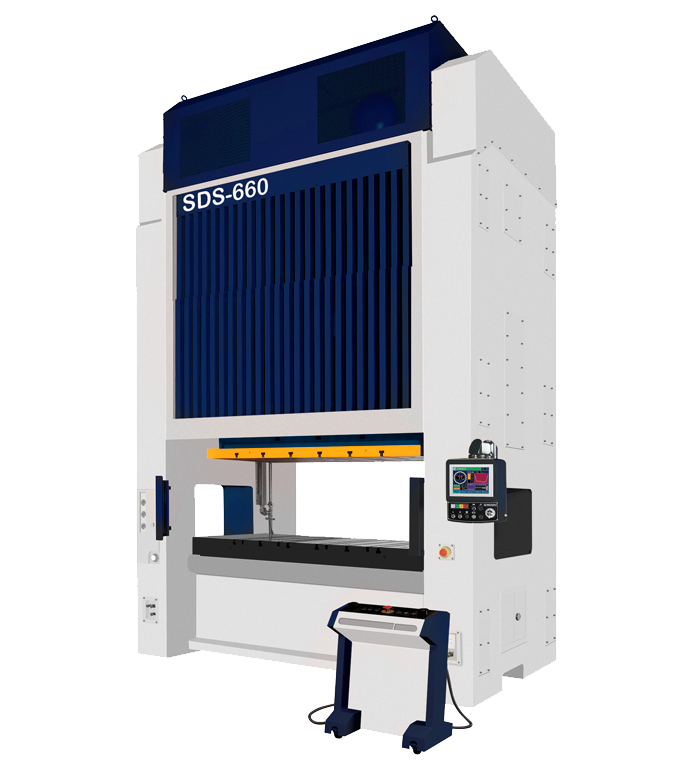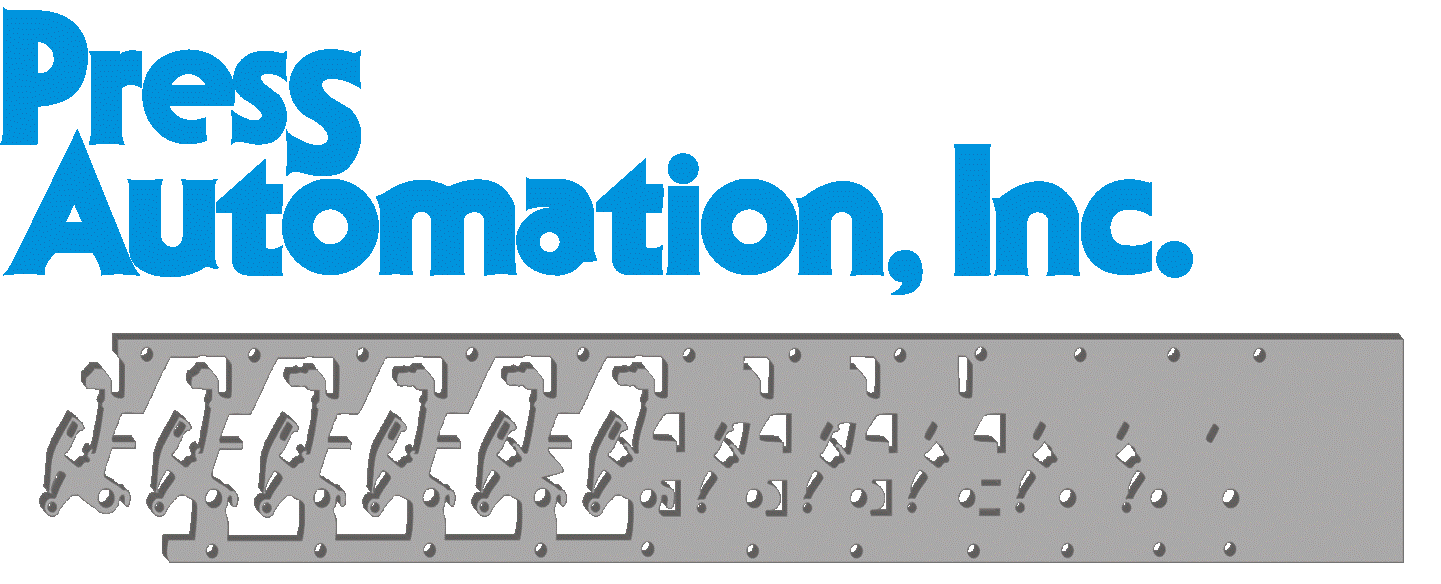Choosing the Right Press Technology for Your Application
(Mechanical / Hydraulic / Servo / Air Over Hydraulic / Pneumatic)
When it comes to industrial applications that require precision, force, and efficiency, choosing the right type of press can make a significant difference in production quality, speed, and overall cost-effectiveness. Mechanical Presses, Hydraulic Presses, and Servo Presses. Each has its unique features, advantages, and ideal uses, so understanding the differences can help you make an informed decision for your specific needs.
Mechanical Presses: The Traditional Powerhouses
Mechanical presses have been around for decades and are known for their speed, precision, and durability. These presses operate using a flywheel and crank system, which converts rotational motion into linear force to perform stamping, punching, and other operations.
Hydraulic Presses: Flexibility and Power at Low Speeds
Hydraulic presses use fluid power to generate force. They operate with a piston and cylinder system that applies pressure to the workpiece. The hydraulic system provides precise force control, allowing for more versatility in different applications.
Servo Presses: The Modern Solution for Precision and Efficiency
Servo presses combine the best of both mechanical and hydraulic technologies by using electric motors to drive the press. These presses offer precise control over the speed, force, and stroke length, making them ideal for industries requiring high accuracy and energy efficiency.



